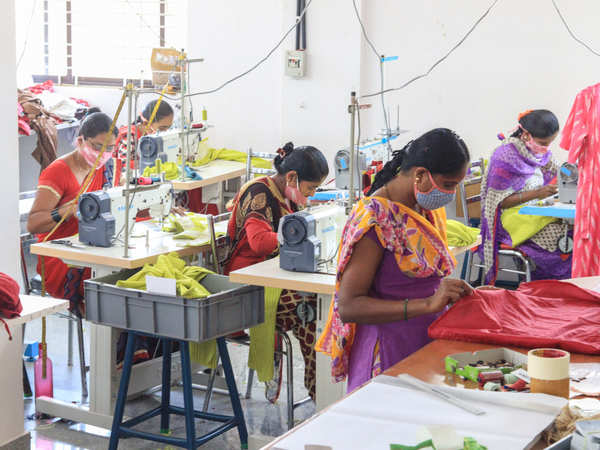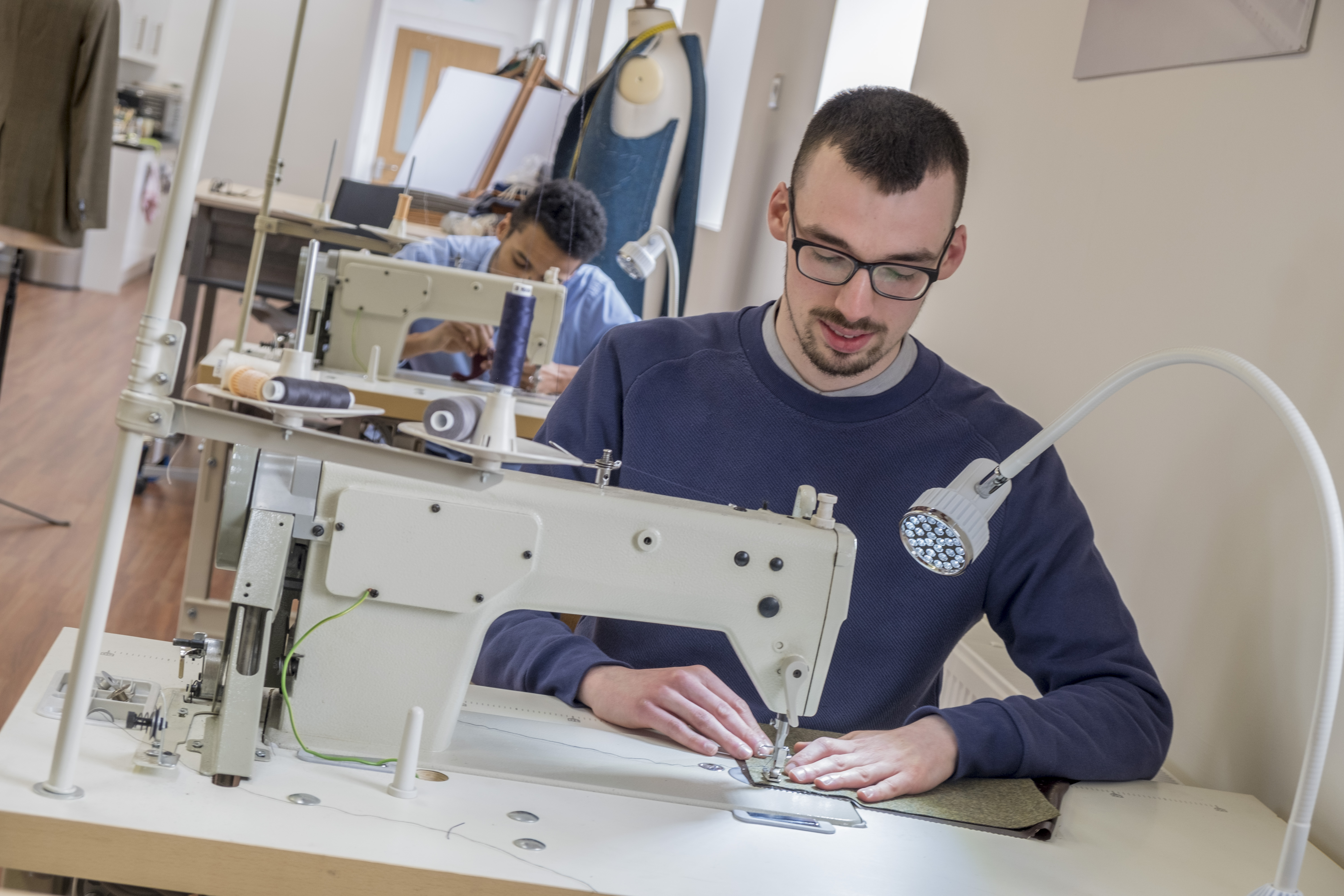Tailor Perth Specialists: Tailor-Made Solutions for Elegant Outfit
Tailor Perth Specialists: Tailor-Made Solutions for Elegant Outfit
Blog Article
Comprehending the Tailoring Process: From Textile Selection to Last Fitting for the Suitable Closet
The customizing process is an intricate interplay of art and science, starting with the important choice of material choice and finishing in the accurate adjustments of final installations. Each fabric kind brings special high qualities that affect not only the aesthetic appeal yet also the garment's long life and viability for various celebrations. Recognizing the subtleties of customizing methods can elevate one's closet to unprecedented degrees of elegance. As we explore these elements further, one must take into consideration just how even the tiniest information can dramatically affect the general end result of one's individual style.
Relevance of Fabric Option
Choosing the right material is crucial in the customizing process, as it directly affects the convenience, longevity, and general visual of the final garment (tailor perth). The selection of material sets the structure for the garment's performance, efficiency, and style. Different textiles have distinct buildings, such as stretch, weight, and breathability, which can significantly affect just how the garment drapes and fits the body
Additionally, textile selection influences the garment's longevity and convenience of care. High-grade fabrics can withstand deterioration, maintaining their appearance and framework gradually, while lower-quality products might bring about pilling or fading. In addition, the right material adds to the garment's ability to change throughout events and periods, thereby enhancing flexibility.
A customized item made from an appropriate material not only showcases workmanship yet likewise elevates the user's confidence. Consequently, recognizing the nuances of fabric option is paramount for any kind of customizing undertaking. It ensures that the end product not just meets the visual desires of the customer however also aligns with functional needs, thus attaining an unified equilibrium in between kind and feature in the tailored closet.
Types of Fabrics and Their Uses
Recognizing the different kinds of fabrics readily available is crucial for making informed choices during the customizing procedure. Each material possesses unique features that dictate its suitability for details garments and events.
Its versatility allows it to be tailored into whatever from t-shirts to outfits. Its all-natural elasticity helps garments preserve shape over time.
Silk exhibits luxury and is lightweight, making it excellent for eveningwear and fragile shirts; however, it needs careful handling as a result of its frailty. Bed linen, with its distinctive finish, is a prominent choice for cozy climates, supplying a ventilated and crisp feel, yet it wrinkles easily, which might impact the garment's appearance.
Artificial materials, such as polyester and nylon, deal resilience and resistance to wrinkles, making them ideal for everyday wear and energetic garments. Comprehending these fabric types and their residential or commercial properties permits for far better decision-making, making certain that each tailored piece not just fits well but additionally aligns with the desired purpose and occasion.
The Tailoring Methods Explained
The art of tailoring counts on a variety of methods that change material into well-fitted garments. Central to this process is pattern drafting, where a tailor develops templates based upon the customer's measurements and wanted design. This initial action guarantees that the garment will certainly fit the wearer effectively prior to any kind of reducing takes place.
When patterns are established, cutting strategies enter into play. Precision is vital as mistakes can result in misfitting garments. Tailors usually make use of numerous cutting methods, such as single-layer cutting for complex designs and multiple-layer reducing for efficiency on basic patterns.
Basting is another important strategy, enabling tailors to momentarily sew material items together for an initial installation. This approach provides the chance to examine the drape and overall shape prior to last stitching.
Seaming methods, consisting of french joints and flat-felled seams, improve the garment's resilience and visual charm. Tailors additionally utilize techniques such as interfacing and extra discover here padding to give framework and shape to certain areas, like collars and shoulders.
Finally, ending up techniques, consisting of hemming and side completing, make certain the garment's long life while providing a polished appearance. Together, these methods create the foundation of reliable tailoring, leading to splendid, tailor-made clothing.
Fitting Changes and Considerations

Trick factors to consider include the shoulder fit, which should neither droop nor restrict activity, and the sleeve length, which must permit comfy arm motion while maintaining a sleek appearance. In addition, modifications at the waist can improve the silhouette, with alternatives to allow out or take in textile as required.
The increase of trousers is another essential element; it needs to rest easily over the hips without triggering pain, enabling for ease of movement. Hemming lengths for both trousers and skirts must mirror the wearer's recommended design while respecting proportions.

Maintaining Your Tailored Clothing
Correct upkeep of customized garments is vital to preserving their fit and look over time. To ensure long life, regular cleaning is extremely important. Constantly follow the treatment tag guidelines, which might recommend completely dry cleaning for delicate textiles or equipment cleaning for even more durable products. Stay clear of frequent laundering, as this can use down the textile and change the garment's form.
Storage space is equally vital; use cushioned wall mounts for layers and coats to maintain shoulder structure, and shop trousers folded neatly or hung to stop creasing. Safeguard garments from direct sunlight, which can discolor shades and damages fibers.
Additionally, periodic assessments for minor repair services can prevent larger concerns. Look for loosened buttons, fraying seams, or indicators of moth damages, addressing these troubles without delay to maintain the garment's honesty.
Lastly, consider seasonal rotation. Putting on tailored pieces in moderation permits fabrics to recuperate, prolonging their life expectancy. By executing these maintenance strategies, you can guarantee that your customized garments remain as pristine as the day you initially wore them, boosting your optimal wardrobe for years to come.
Verdict
The tailoring process, incorporating textile option, competent strategies, and exact suitable changes, plays an essential duty in creating garments that enhance both comfort and style. Each phase adds to the general efficiency of the end product, making sure that clothes not just fits well however additionally mirrors specific identification. In addition, recognizing the significance of Check Out Your URL maintenance prolongs the life of tailored garments, strengthening their worth in a well-curated wardrobe. A detailed method to tailoring finishes in a refined and confident appearance.
Picking the ideal textile is critical in the tailoring process, as it straight influences the comfort, this post longevity, and overall aesthetic of the last garment. The option of fabric establishes the foundation for the garment's design, efficiency, and capability. Various materials have unique residential properties, such as stretch, breathability, and weight, which can significantly affect exactly how the garment drapes and fits the body.
The art of tailoring counts on a selection of methods that transform material into well-fitted garments.The customizing procedure, encompassing fabric option, competent techniques, and precise fitting modifications, plays a crucial role in creating garments that improve both convenience and design.
Report this page